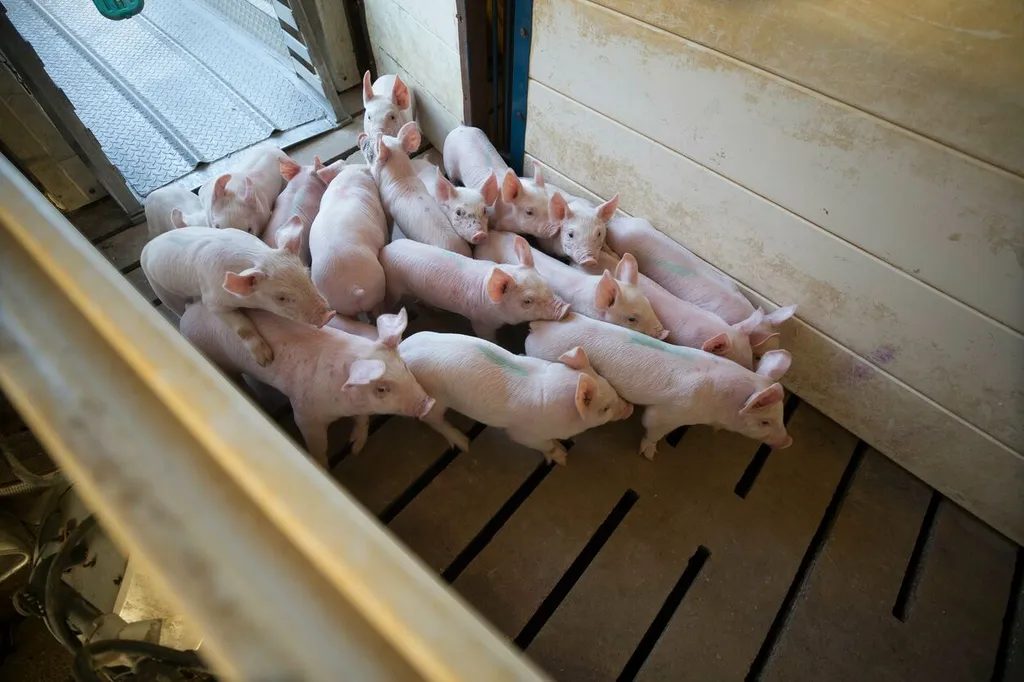In a significant stride towards improving swine breeding programs, researchers have identified potential biomarkers that could predict the cryotolerance and fertility outcomes of boar semen. Published in *Frontiers in Animal Science*, this study led by Kayla Mills from the US Department of Agriculture’s Agricultural Research Service at the Beltsville Agricultural Research Center, offers a promising approach to enhance the utility of cryopreserved boar semen, a resource currently underutilized due to poor post-thaw viability and inconsistent fertility results.
The study employed a multi-omics approach, specifically multiple reaction monitoring (MRM) profiling, to analyze lipidomic and metabolomic profiles in fresh and post-thaw ejaculates from 16 commercial Duroc boars. The goal was to identify biomarkers that could predict field conception rates (CR) and post-thaw motility loss. Boars were categorized based on their cryotolerance delta score (CDS) and field CR, allowing researchers to pinpoint distinct lipid and metabolite profiles associated with each phenotype.
“Our findings reveal that conception rates and post-thaw motility loss are governed by independent molecular traits,” said Mills. “This suggests that a multidimensional biomarker-based screening strategy could significantly improve boar selection and cryopreservation outcomes.”
The research identified 20 candidate markers with an area under the curve (AUC) of ≥ 0.800, indicating high predictive value. For instance, elevated levels of kynurenine were linked to higher post-thaw motility loss, while compounds like guanosine and olealdehyde were predictive of lower conception rates. Conversely, higher abundance of TG(45:4) and creatine was associated with better fertility outcomes.
One of the most compelling aspects of this study is the persistence of these biomarkers in post-thaw samples, which could streamline the selection process for cryotolerant and fertile sires. “This approach could enable AI centers to improve boar selection and cryopreservation outcomes, ultimately increasing the utility of frozen semen in swine breeding programs,” Mills explained.
The commercial implications of this research are substantial. The swine industry has long grappled with the challenges of cryopreserved semen, which often results in variable fertility and reduced post-thaw viability. By developing a robust biomarker-based screening tool, breeders and AI centers could optimize their selection processes, leading to more consistent and reliable fertility outcomes. This could not only enhance the efficiency of swine breeding programs but also contribute to the broader agricultural sector by improving genetic diversity and herd management.
Looking ahead, this research paves the way for further exploration into the molecular mechanisms underlying semen cryotolerance and fertility. As Mills noted, “Understanding these traits at a molecular level could open up new avenues for targeted interventions and improvements in reproductive technologies.”
In summary, this study represents a significant step forward in the field of swine reproductive biology. By leveraging advanced omics technologies, researchers have uncovered valuable insights that could revolutionize boar semen evaluation and selection. As the agricultural sector continues to embrace innovative technologies, this research offers a glimpse into a future where precision breeding and advanced reproductive techniques become the norm, ultimately benefiting the entire industry.

